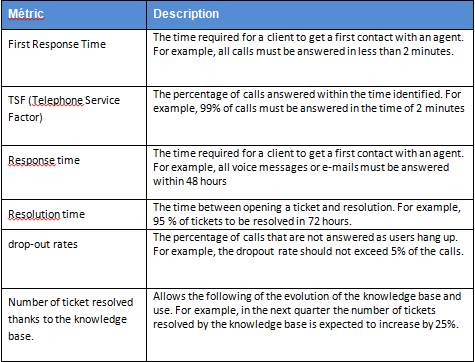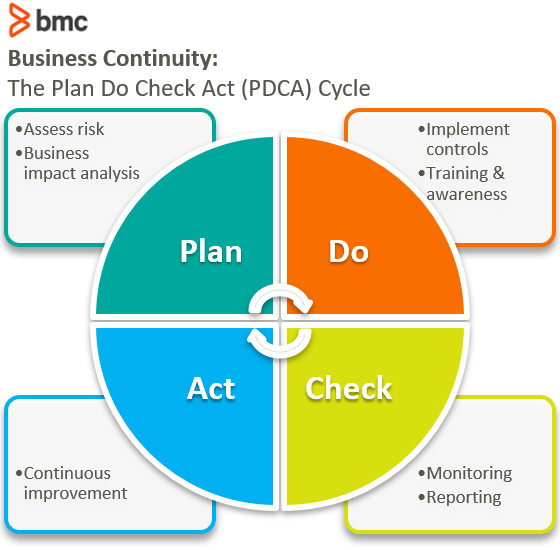In this case you track the performance of a service desk organization and its compliance with service level agreements. To understand SLA monitoring a bit better lets dive into what these numbers are and what the difference between them is.
 Have You Defined Your Service Level Agreements C2 Enterprise
Have You Defined Your Service Level Agreements C2 Enterprise
Apparently SLA must contain quantitative measurements that.

Service level agreement metrics. When internal IT departments accept service-level agreement metrics the penalty for failure is usually a slap on the wrist -- if the SLA ever comes up. Service Level Agreement SLA is an agreement between two parties regarding a particular service. It is intended to ed-mystify the Service Level Agreement process and enable CIOs and It Managers in concert with its clients produce a top quality document with the minimum of level of frustration.
The metrics that are used most often include uptime of the service reliability response time and average breaches of SLA. Service Level Agreement performance and reporting You can use Service Manager dashboards to gather service information or use any standard report package to customize your reports. It can be difficult to correctly choose metrics that are fair to both parties.
Overall Service Level Agreement SLA achievement levels. When using reporting you can see achievements by assignment group or by customer. Service level agreements include metrics by which the service providers performance of their services is measured.
A service-level agreement SLA defines the level of service expected by a customer from a supplier laying out the metrics by which that service is measured and the remedies or penalties. Its important that the metrics. Service Level Indicator SLI metrics provide the key to evaluating the performance of a company and its services by creating a representation of the customers experience.
How to set metrics in an SLA. In the Service Level Agreements application you manage key performance indicators that are associated with a service level agreement. Provide additional boundaries of a service scope in addition to the agreement itself.
Service level agreement metrics vary depending on the service provider. It makes no sense to fire the staff managing the whole data center over a slow application response time. The first metric measures how much time has elapsed before an error occurs.
An agreement should include SLA metrics that are used to evaluate the performance and results of the services delivered by a provider. Or breaches by category group or priority. Service level agreements for call centers are nothing short of essential because there are numerous quantitative metrics like response time on-hold time and first call resolution FCR that clearly demonstrate the quality of service being provided.
Represent a desired and mutually agreed state of a service. As a service provider a service level agreement is a plain-language agreement between you and your customer whether internal or external that defines the services you will deliver the responsiveness that can be expected and how you will measure performance. Once SLIs are in place they can help reduce ongoing system issues as well as drive quick and effective response to sudden outages.
Common metrics for SLAs are the mean time betweento failures the mean time to repairrecovery and uptime. Although it may be challenging to settle on the metrics that will meet the needs of both parties involved it is crucial to agree on the terms that satisfy both the client and the service provider. Businesses can monitor these metrics to determine if theyre meeting their SLA and if any operational changes need to be made.
Plenty of service-level agreements SLAs promise the world because theres little to no accountability. The Janco Service Level Agreement Template and Metrics tool is designed to make creation of service level agreements far more straight forward. A key performance indicator is a metric that tracks critical performance variables over time.



